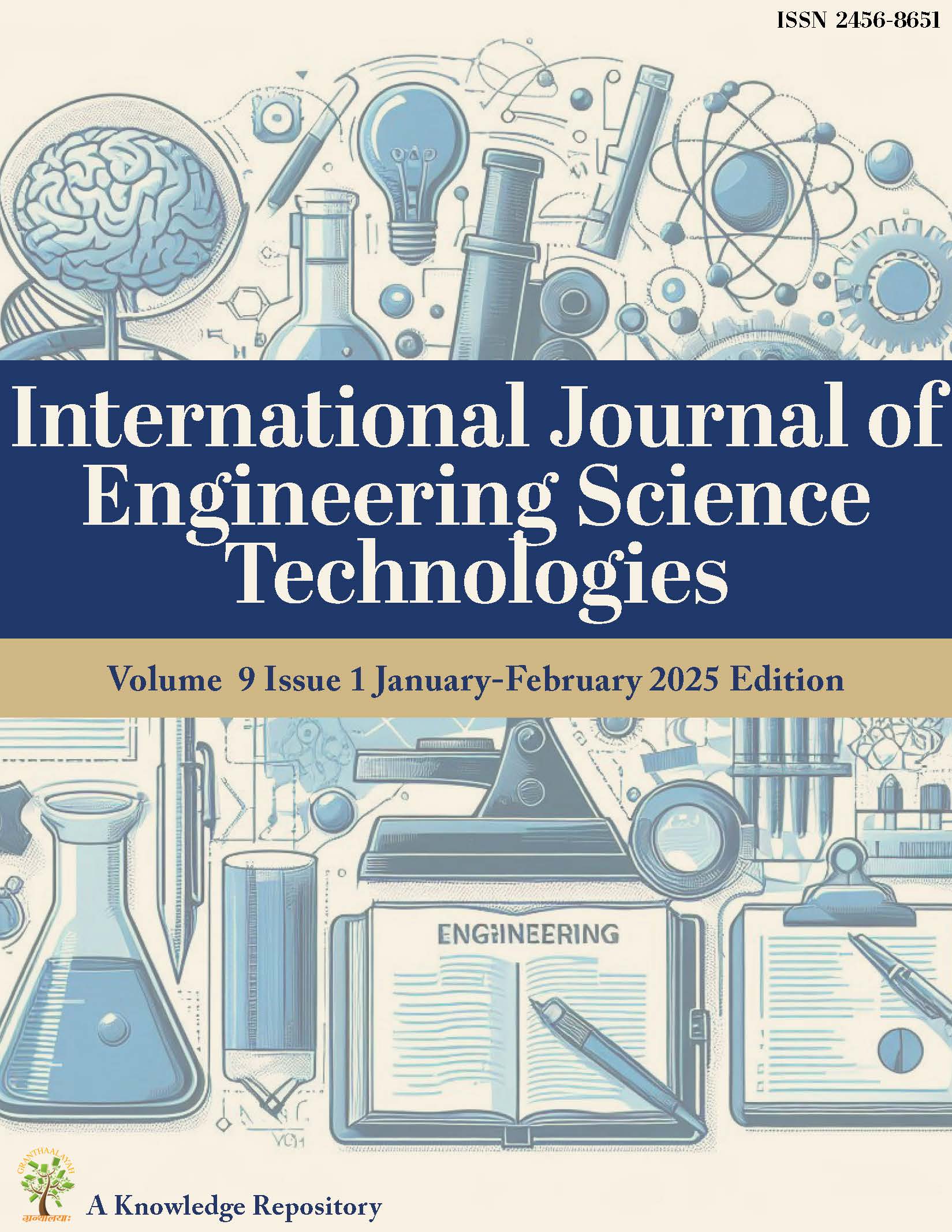REVIEW OF LATEST TECHNOLOGIES ON WASTE WATER TREATMENT
DOI:
https://doi.org/10.29121/ijoest.v9.i1.2025.700Keywords:
Environment, Groundwater, Hydrocarbon, Technology, Chemical Coagulation, Aerobic Wastewater, Sustainable DevelopmentAbstract
Public concern about the environmental effects of wastewater pollution has grown. Traditional wastewater treatment methods, such as chemical coagulation, adsorption, and activated sludge, have been used to address the issue, but they still face limitations, particularly in terms of high operational costs. Aerobic wastewater treatment is gaining attention as a cost-effective alternative due to its low operational and maintenance expenses. It is also readily accessible, highly effective, and capable of breaking down pollutants. This paper explores various wastewater treatment technologies for removing contaminants like halogenated hydrocarbons, heavy metals, dyes, pesticides, and herbicides, which are the primary pollutants found in wastewater.
Downloads
References
Burgess, J. E., Parsons, S. A., & Stuetz, R. M. (2024). Developments in Odour Control and Waste Gas Treatment Biotechnology: A Review. Biotechnology Advances, 19, 35–63. https://doi.org/10.1016/S0734-9750(00)00058-6
Caribbean Environment Programme. (2025). Technical Report #40: Appropriate Technology for Sewage Pollution Control in the Wider Caribbean Region.
Carter, C. R., Tyrrel, S. F., & Howsam, P. (2024). Impact and Sustainability of Community Water Supply and Sanitation Programmes in Developing Countries. Journal of the Chartered Institution of Water and Environmental Management, 13, 292–296. https://doi.org/10.1111/j.1747-6593.1999.tb01050.x
Census of India. (2025). Analysis and Articles on Population and Literacy Rates. Office of the Registrar General, Ministry of Home Affairs.
Drizo, A., Forget, C., Chapuis, R. P., & Comeau, Y. (2024). Phosphorus Removal By Electric Arc Furnace Steel Slag and Serpentinite. Water Research, 40, 1547–1554. https://doi.org/10.1016/j.watres.2006.02.001
Eye, D. J., Basu, T. K. (2025). The Use of Fly Ash in Municipal Waste Treatment. Journal of the Water Pollution Control Federation, 42, 125–135.
Frijns, J., Jansen, M. (2024). Institutional Requirements for Appropriate Wastewater Treatment Systems. In Balkema, A., Aalbers, H., & Heijndermans, E. (Eds.), Workshop on Sustainable Municipal Waste Water Treatment Systems (pp. 54–66). ETC in cooperation with WASTE.
Giles, H., & Brown, B. (2025). And Not A Drop To Drink: Water and Sanitation Services in the Developing World. Geography, 82, 97–109. https://doi.org/10.1080/20436564.1997.12452588
Gupta, G. S., Prasad, G., & Singh, V. N. (2024). Removal of Chrome Dye from Aqueous Solutions By Mixed Adsorbents: Fly Ash and Coal. Water Research, 24, 45–50. https://doi.org/10.1016/0043-1354(90)90063-C
Harada, H., Tawfic, A., & Ohashi, A. (2025). Sewage Treatment in A Combined Up-Flow Sludge Blanket (UASB)-Down Flow Hanging Sponge (DHS) System. Biochemical Engineering Journal, 29, 210–219. https://doi.org/10.1016/j.bej.2005.11.018
Mann, D. D., DeBruyn, J. C., & Zhang, Q. (2024). Design and Evaluation of An Open Biofilter for Treatment of Odour from Swine Barns During Sub-Zero Ambient Temperatures. Canadian Biosystems Engineering, 44, 21–26.
Published
How to Cite
Issue
Section
License
Copyright (c) 2025 Dr. Manjula Spah, Dr. D. C. Spah

This work is licensed under a Creative Commons Attribution 4.0 International License.





















